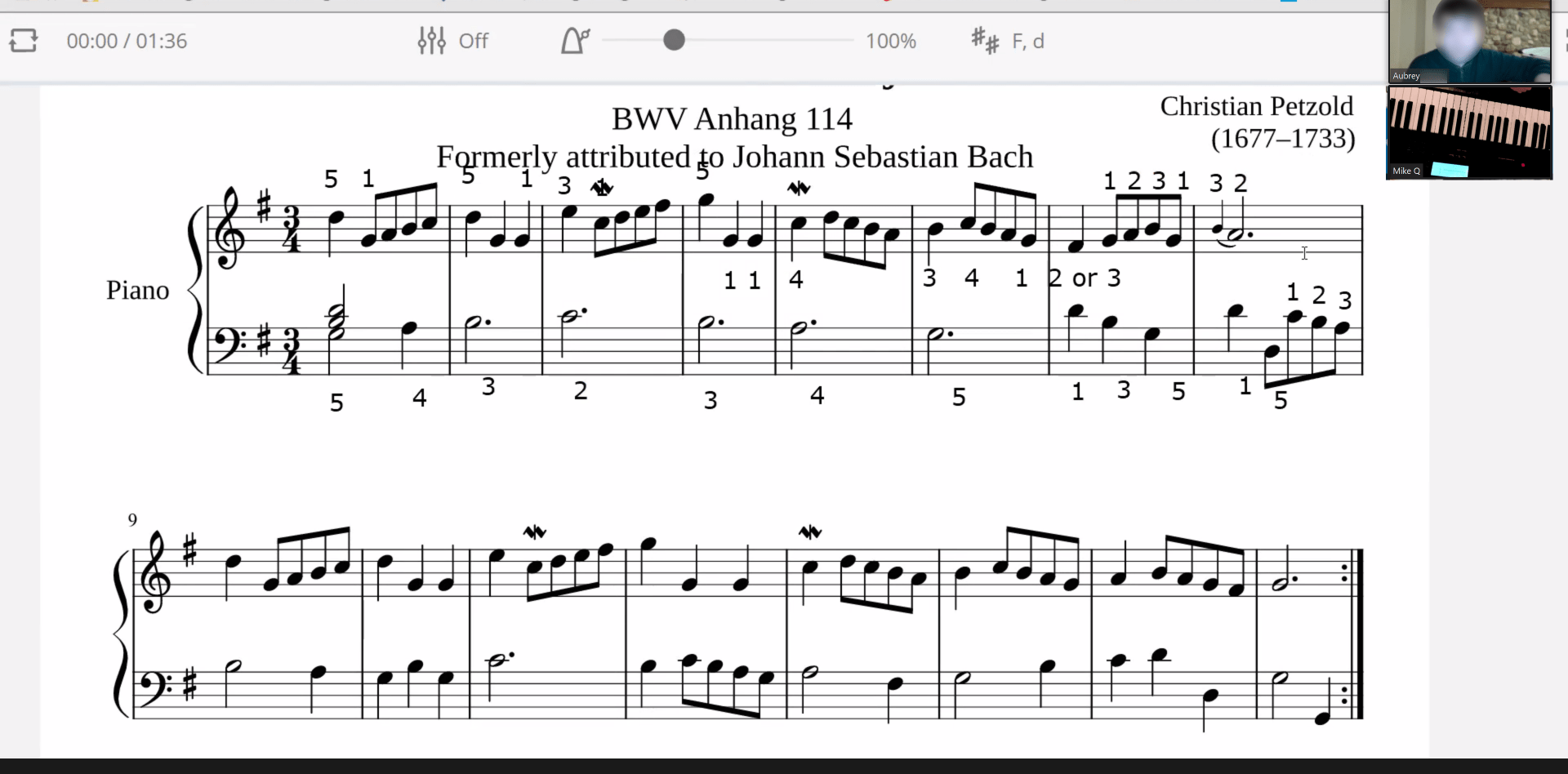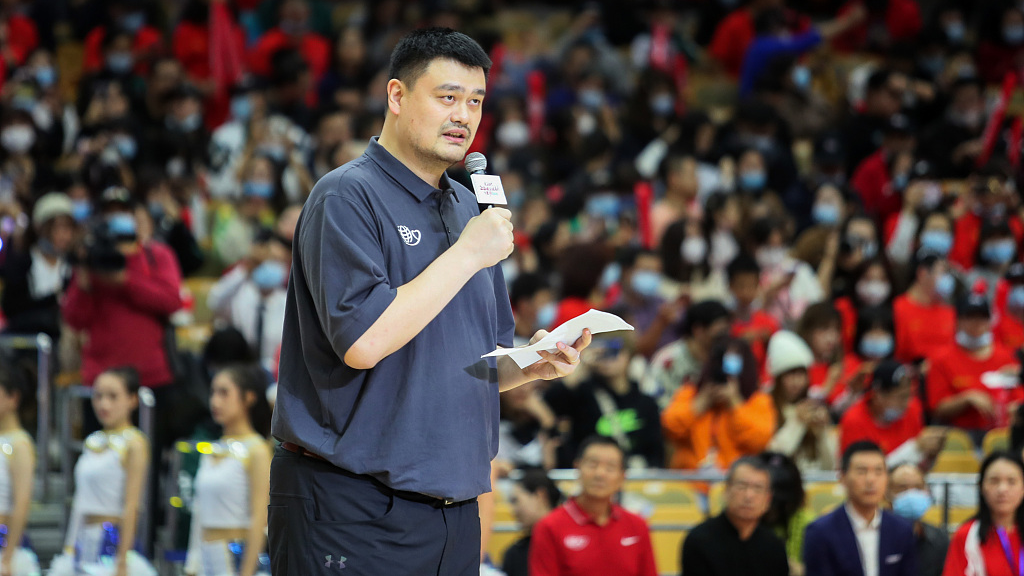Why do people step up and become leaders?
There are many inspiring leaders in our community, all working hard to make positive changes and give to the community. For me, when I think of a notable leader in my community who continuously makes positive impacts, I immediately think of Kevin Zhou.
Kevin’s background and education
Kevin Zhou went to a university in China, where he studied and graduated with a major in mathematics. Later on, he received a Master’s degree in computer science. He then worked in China for a couple of years at a tech company until moving to Canada. In Canada, he developed his proficiency in English and worked for a couple of tech companies. Currently, he is working as a software development manager at an IT company located downtown.
Accomplishments in the community
Outside of his job, Kevin is a passionate mentor for a local robotics team and the main coordinator for the BC FIRST Tech Challenge Robotics League. He initially started out as a coach for his son’s FTC team. He then volunteered to become a coordinator for FTC events in the community and became the head coordinator after working with FTC for a year. As a coordinator, Kevin works tirelessly to plan out large events involving numerous robotics teams such as robot scrimmages. Kevin’s love for robotics has also inspired many high school students to pursue engineering and form new FTC teams. Kevin has also received the Volunteer of the Year Award in 2019 for his dedication and commitment to organizing a successful season.
Video clip of Kevin receiving FIRST’s Volunteer of the Year Award. (Source: BC FIRST Tech Challenge Championship Feb. 22)
Exceptional personal qualities
Perhaps the reason why Kevin is such an exception leader comes directly from his exceptional personal qualities. During my interview with Kevin, we focused our conversation on three specific leadership qualities that he strongly values: problem-solving, patience, and passion.
Problem-solving is the foundation for all of the work that Kevin does in the FTC community. In our interview, Kevin explained the struggles that he faced when working with others to organize league events. He told me that due to some language barriers, miscommunication could sometimes occur. Furthermore, Kevin needed to work with other organizers virtually last year, and he needed to make decisions on how league meets were going to look like with the ongoing pandemic. It was very important for Kevin to be decisive and deal with these problems as soon as they came up.
To deal with these problems that could occur at any moment, Kevin also needs to be an understanding and patient leader. As a volunteer for FTC, Kevin works with many other volunteers from different backgrounds. Therefore, it is important for Kevin to connect with the people that he works with, and resolve any different views that they may have regarding the planning process in a respectful and positive manner.
Passion is what makes Kevin stand out as a leader and inspire many students within FTC. Kevin told me that the greatest joy he gets from being a mentor for his robotics team and an organizer for FTC events is seeing the smiles on the kids’ faces. Kevin is somebody who genuinely enjoys working and learning with others, and his positivity easily spreads to all those around him.
Why do I believe Kevin is an effective community leader?
There are many reasons why I believe Kevin is an effective community leader. Kevin has an easy-going personality that makes him not only enjoyable to work with, but also to learn with. On the numerous occasions where I met Kevin during league meets, I felt at ease and comfortable with making mistakes, knowing that they would become valuable lessons for the future. Kevin also shoulders lots of responsibility, and he consistently works hard behind the scenes to ensure that teams can enjoy various robotics events in the community. I believe that his selflessness and care for others are more contributing factors to his effective leadership. Finally, Kevin is always looking at new learning opportunities for others, such as hosting unofficial scrimmages between a few FTC teams. Even now, he is looking for more students who may be interested in robotics, and he is actively trying to spread the vision of FIRST Tech Challenge to more schools in hopes of reaching out to more keen individuals. These are all valuable qualities that make Kevin an effective leader.
How does Kevin inspire me and others to make a difference?
Kevin is a leader that inspires many aspiring learners both within and outside of FTC. To me, Kevin is a leader that demonstrates what being a leader truly means. I have known Kevin personally for a few years now, and he has shown over and over that he is someone who shows compassion and care, and is actively trying to provide more learning opportunities for the community. Without Kevin’s incredible dedication and hard work put into organizing FTC events, I would not have been able to enjoy so many unique experiences while exploring a topic that I am very passionate about. His enthusiasm and determination to bring up those around him are what truly inspire me to step into a position of leadership and learn and grow along with the community.
Finally, let’s return to our central question. Why do people step up and become leaders? For Kevin, a leader is somebody that “makes things happen”. Kevin told me that he believed that leaders did not need superior knowledge or experience and that the most important characteristic was instead actively finding ways to transfer knowledge to others, guide the way, and help them overcome obstacles. For Kevin, being a leader means that he can make a positive difference to all those around him, and see the smiles on people’s faces when they push through challenges and grow. This is the reason that Kevin, alongside many other leaders in the community, decide to step up and lead.
What do you take away from the conversation?
I have learned much from my conversations with Kevin, and I will summarize the key points that I have taken away. Firstly, I have understood that a leader’s passion and positivity resonate deeply with those around them. An effective leader can kindle the drive and motivation in others’ hearts. Secondly, leaders are not those who are the most knowledgeable or experienced. Instead, they are those who are truly willing to put in the time and dedication to create experiences for others that could not have been made without hard work. And last but not least, leaders love pushing others up and providing learning opportunities to those they lead through every action that they take.
I would like to give a huge thank you to Kevin Zhou for taking the time to have an interview with me. I look forward to seeing you again at our next league meet!
Images used were sourced from: https://drive.google.com/drive/folders/1VW2ZLsCSAf-um104euWbXBH0rl7N__3j
Thank you for reading! Until next time…
-Mike




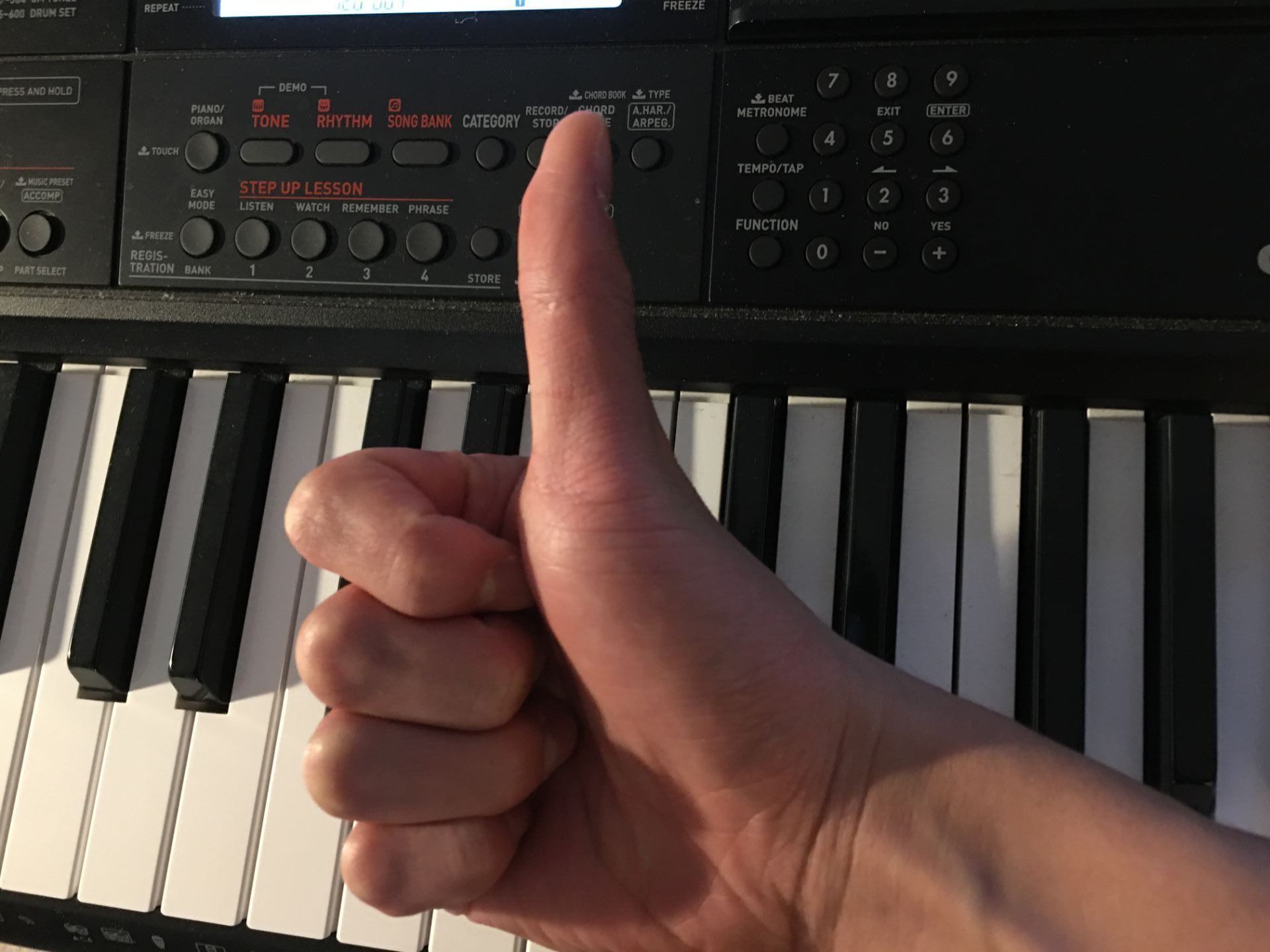
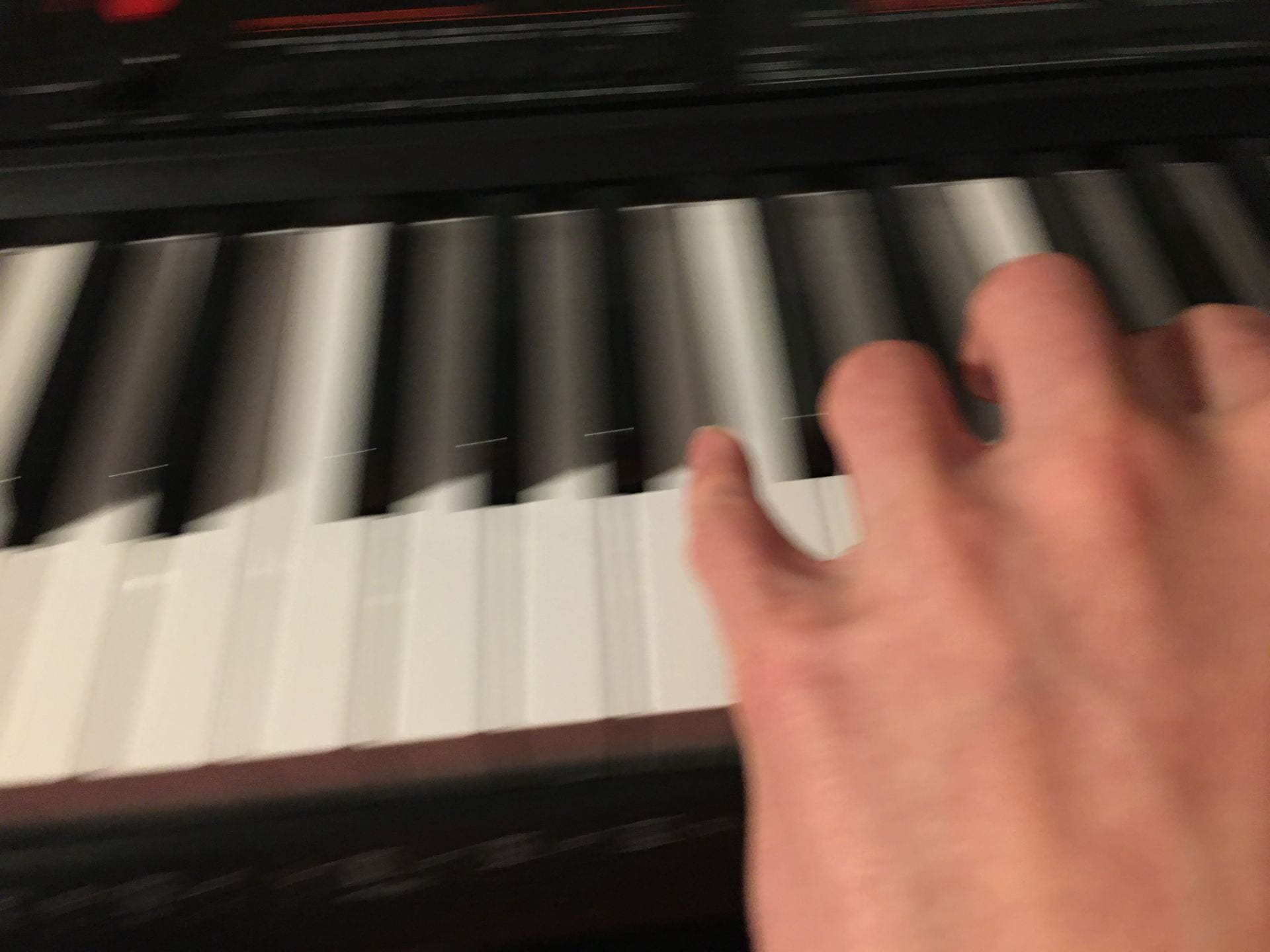




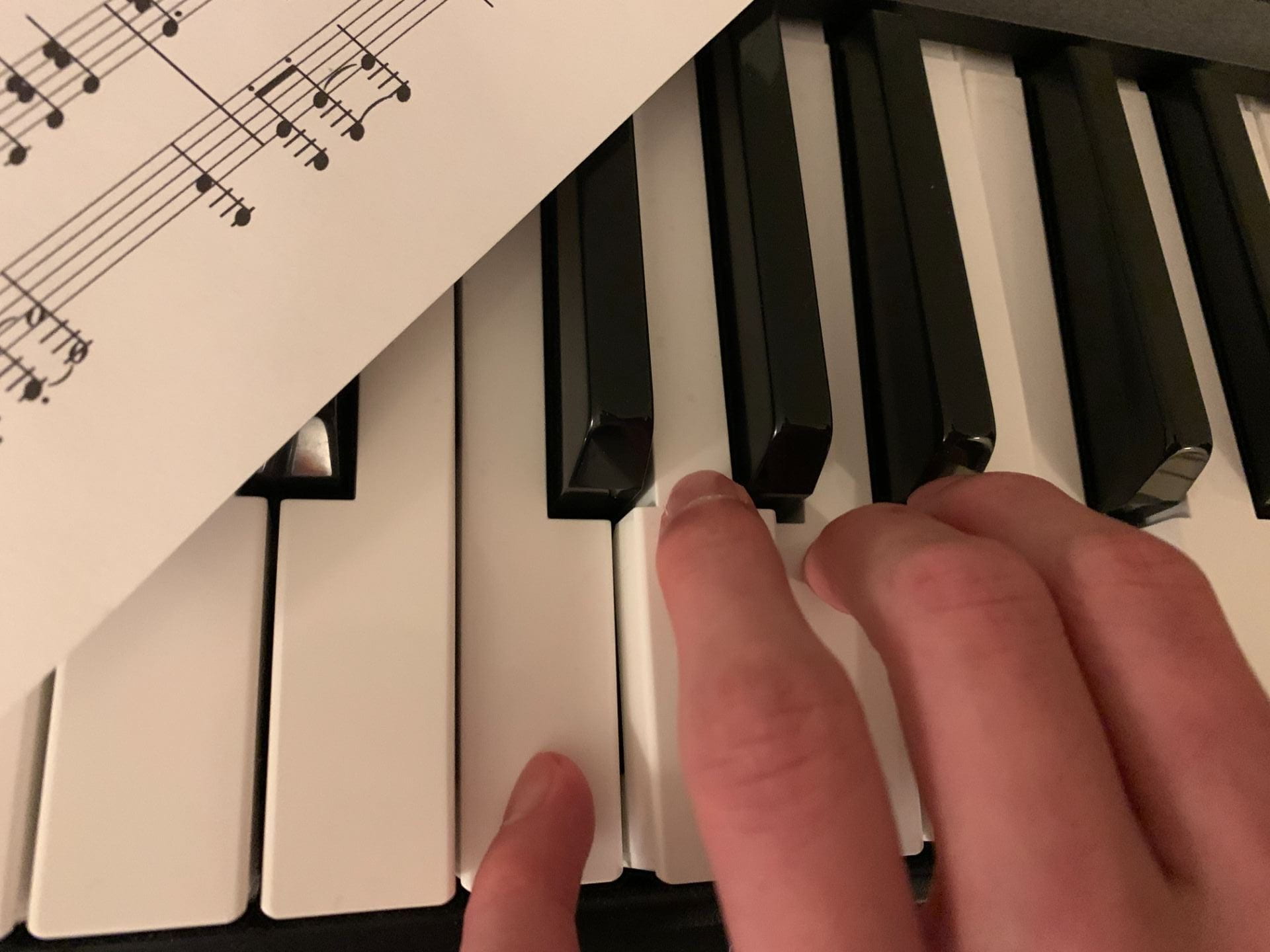







 2 octaves of the C major scale and D major scale with fingerings.
2 octaves of the C major scale and D major scale with fingerings.